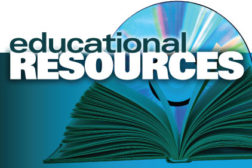Home » Keywords: » crisis management
Items Tagged with 'crisis management'
ARTICLES
Closing Time
Mission critical elements of operational agility in the post-pandemic era
Read More
Global manufacturing, safety and COVID-19
How one packaging company handled the global crisis
May 21, 2020
Cover Story
12 Critical COVID-19 EHS Practices
What your peers are doing on the frontlines
May 5, 2020
Planning for emergency evacuations
Cut through the chaos to account for all employees & visitors
May 21, 2018
Get our new eMagazine delivered to your inbox every month.
Stay in the know on the latest safety trends.
SUBSCRIBE TODAYCopyright ©2024. All Rights Reserved BNP Media.
Design, CMS, Hosting & Web Development :: ePublishing











